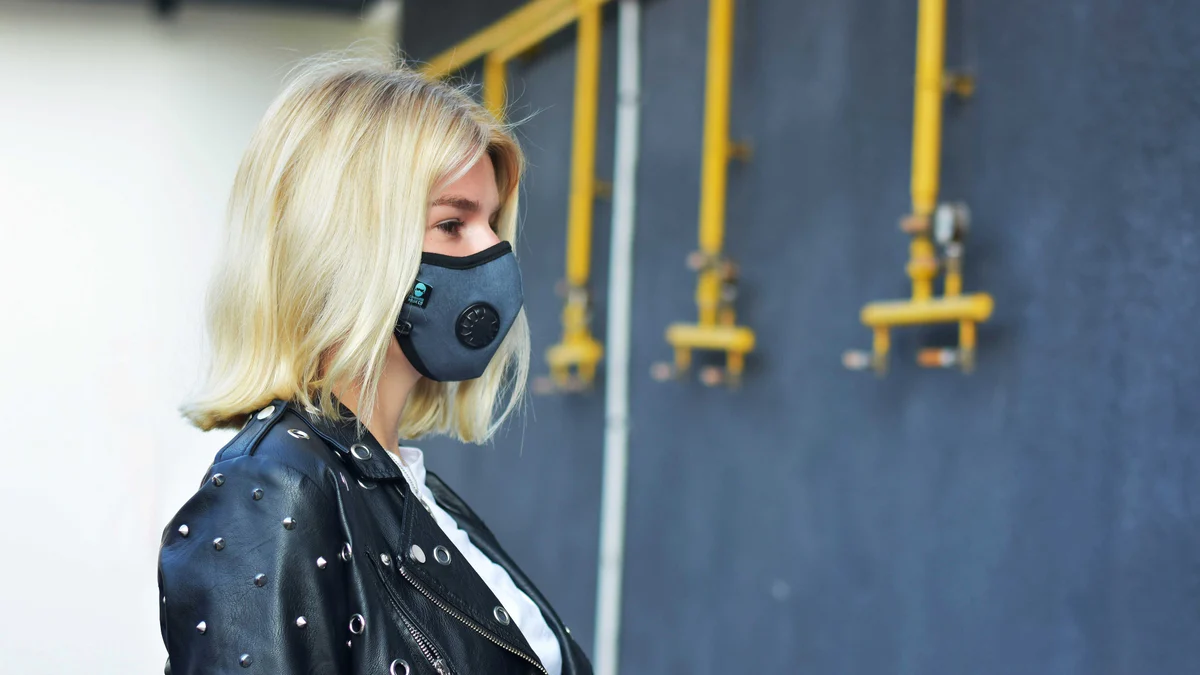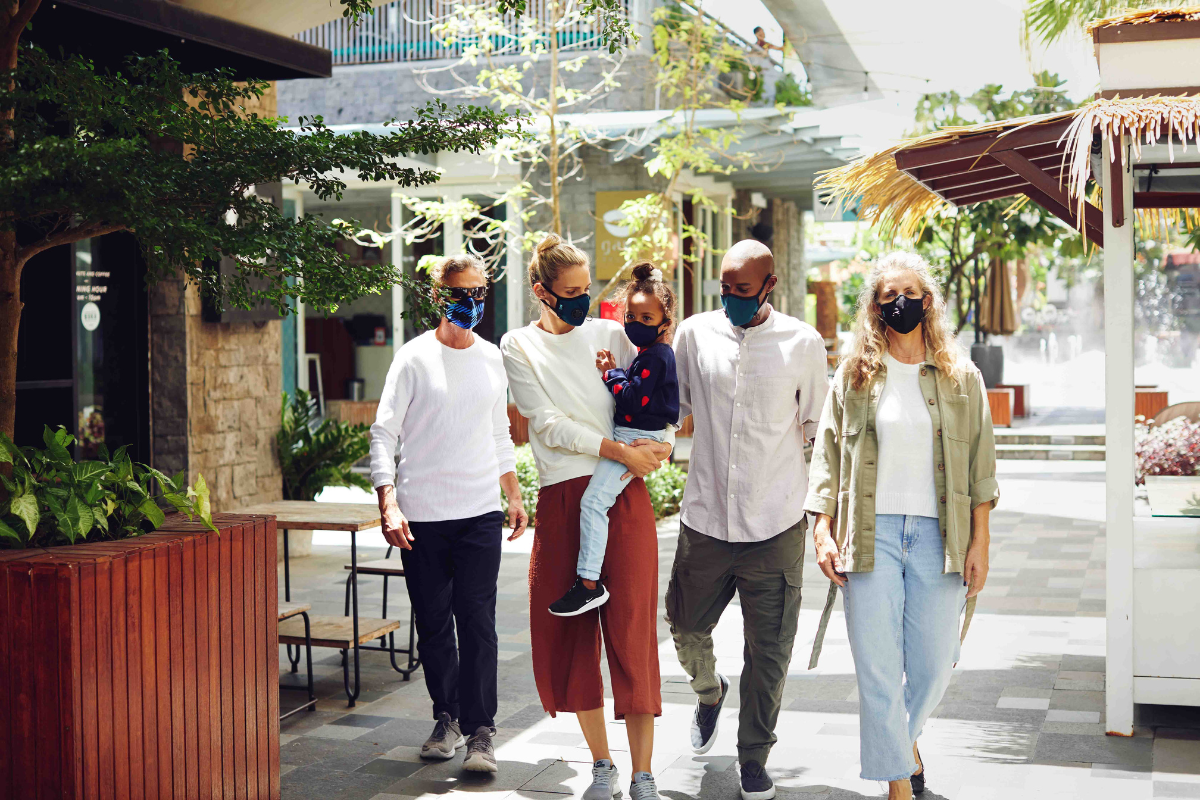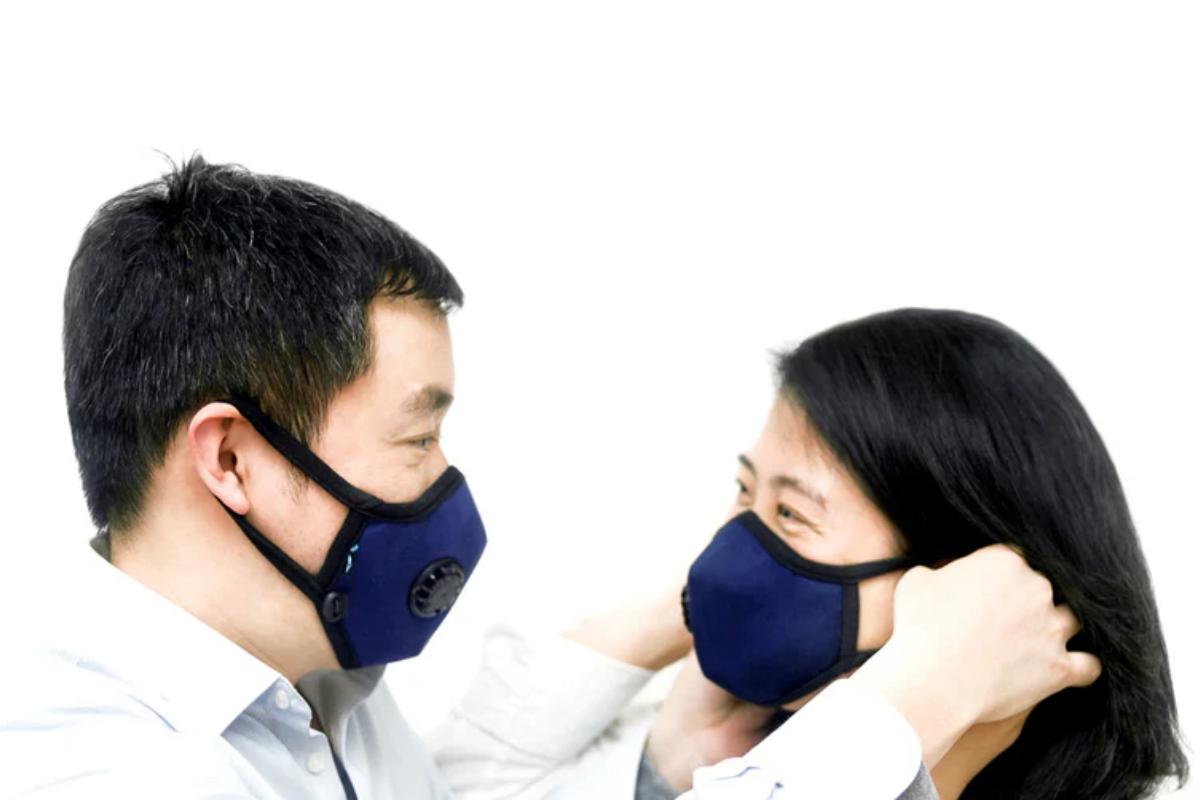
Understanding Dust Masks: Your Essential Guide to Cleaner Air
In today's world, where environmental pollutants are on the rise and health is a paramount concern, understanding the tools available to protect ourselves is essential. One such tool is the dust mask. But what exactly is a dust mask, and why should you consider using one? This blog will delve into the basics of dust masks, their benefits, and additional ways to clear dust from your home environment. Read on to ensure you and your family are breathing cleaner, safer air.
What Is a Dust Mask?
A dust mask is a protective device worn over the nose and mouth to filter out airborne particles. Unlike respirators that protect against fumes and gases, dust masks are specifically designed to filter out non-toxic dust, pollen, and other fine particles. They are lightweight, comfortable, and easy to use, making them a popular choice for both professionals and home users.

Types of Dust Masks
There are several types of dust masks available, each designed for different levels of filtration:
- Disposable Dust Masks: Ideal for occasional use during tasks like sweeping or sanding.
- Reusable Dust Masks: Made of more durable materials and can be washed and reused multiple times. Among these, the Cambridge Mask stands out as a cool confront cover that combines fashion with usefulness. Combining not only reusable features but also includes a military-grade filtration framework that can channel more than 99% of destructive pollution, making them a beat choice for comprehensive security against clean, allergens, and pathogens.
- N95 Masks: These offer higher filtration efficiency, blocking at least 95% of airborne particles. They are often used in more demanding environments.
Each type of mask serves a different purpose, catering to various activities and exposure levels. Selecting the right dust mask depends on the nature of your task and the level of dust exposure you anticipate.
Why Is a Dust Mask Used?
The primary purpose of a dust mask is to protect your respiratory system from inhaling harmful dust particles. Here are some common scenarios where dust masks are indispensable:
DIY Projects
When engaging in DIY projects like sanding, cutting, or painting, dust masks protect against sawdust, paint particles, and other debris. Home improvement tasks often generate a significant amount of dust and particulates that can be harmful if inhaled.
Gardening
Gardening activities, especially those involving soil and compost, can release dust, pollen, spores, and other allergens. A dust mask shields you from these particles, providing much-needed relief during the peak allergy seasons.
Cleaning
Cleaning tasks, whether at home or in an industrial setting, can stir up dust, pet dander, and other allergens. Wearing a dust mask prevents inhalation of these irritants, ensuring you maintain good respiratory health.
Industrial Work
In many industrial settings, workers are exposed to higher levels of dust and particulate matter. Dust masks are crucial in such environments to prevent chronic respiratory issues and ensure worker safety.
Benefits of Using a Dust Mask

1. Protects Respiratory Health
Breathing in dust and other fine particles can lead to respiratory issues such as asthma, bronchitis, and even long-term lung damage. Wearing a dust mask ensures that you are not inhaling these harmful particles, keeping your lungs healthy.
2. Reduces Allergy Symptoms
For those with allergies, a dust mask can be a lifesaver. It effectively filters out pollen, pet dander, and other common allergens, reducing symptoms like sneezing, coughing, and itchy eyes. This makes daily activities much more manageable and comfortable.
3. Enhances Productivity
When you are not worried about inhaling dust or dealing with allergy symptoms, you can focus better on the task at hand. Whether you're working on a home improvement project or cleaning the house, a dust mask helps you stay productive and efficient. The peace of mind that comes with knowing you are protected allows you to work more effectively.
4. Provides Comfort
Modern dust masks are designed for comfort. They are lightweight, with adjustable straps and soft materials that fit snugly without irritating. This makes it easy to wear them for extended periods without discomfort. The ergonomic design of these masks ensures they do not interfere with your activities.
5. Cost-Effective Health Protection
Investing in a good quality dust mask is a cost-effective way to safeguard your health. The potential medical costs and loss of productivity due to respiratory illnesses far outweigh the minimal expense of purchasing and maintaining dust masks.
Ways to Clear Dust from the Air in Your Home Environment

While wearing a dust mask is crucial for personal protection, taking steps to reduce dust in your home can further enhance air quality. Here are some effective methods:
1. Use High-Efficiency Particulate Air (HEPA) Filters
HEPA filters are designed to capture at least 99.97% of particles that are 0.3 microns or larger. Using HEPA filters in your vacuum cleaner, air purifiers, and HVAC system can significantly reduce dust levels. These filters are particularly effective in removing fine dust particles that are too small to see but can cause respiratory issues.
2. Regular Cleaning
Dusting and vacuuming regularly helps keep dust levels in check. Use a damp cloth or microfiber cloth to dust surfaces, as they trap dust rather than spreading it around. Vacuum floors, carpets, and furniture weekly to remove settled dust. Consider using a vacuum cleaner with a HEPA filter for maximum effectiveness.
3. Maintain Proper Ventilation
Good ventilation helps reduce indoor dust accumulation. Open windows to let fresh air in and use exhaust fans to remove dust and other pollutants from the air. Consider using an air purifier with a HEPA filter to continuously clean the air in your home. Proper ventilation not only reduces dust but also helps in controlling indoor humidity levels.
4. Reduce Clutter
Cluttered spaces are dust magnets. By minimizing clutter and organizing your belongings, you can reduce the surfaces where dust can settle, making it easier to clean and maintain a dust-free environment. Use storage bins and cabinets to keep items organized and off surfaces.
5. Control Humidity Levels
High humidity levels can cause dust mites to thrive. Use a dehumidifier to keep indoor humidity levels between 30% and 50%. This not only reduces dust mite populations but also helps prevent mold growth. Monitoring and maintaining the right humidity levels can significantly improve indoor air quality.
6. Wash Bedding and Curtains Regularly
Bedding and curtains can accumulate a significant amount of dust and allergens. Washing them regularly in hot water can help remove dust mites and other allergens. This simple practice can make a big difference in reducing dust levels in your home.
7. Use Doormats and Remove Shoes
Placing doormats at all entrances and encouraging family members and guests to remove their shoes can significantly reduce the amount of dust and dirt brought into the house. This helps in maintaining a cleaner indoor environment.
8. Clean Air Ducts
Over time, dust and debris can accumulate in your HVAC system's air ducts. Having them professionally cleaned can improve air circulation and reduce the amount of dust in your home. Regular maintenance of your HVAC system ensures optimal performance and better air quality.
Conclusion
A dust mask is an essential tool for protecting your respiratory health from harmful airborne particles. Whether you're working on a DIY project, gardening, or simply cleaning your home, a dust mask provides invaluable protection. Additionally, maintaining a clean and dust-free home environment through regular cleaning, proper ventilation, and the use of HEPA filters can further enhance the quality of the air you breathe.
By taking these steps, you can ensure that you and your family are breathing cleaner, safer air, leading to better overall health and well-being. Invest in a good-quality dust mask today and make air quality a priority in your home. Remember, the small effort of wearing a dust mask and maintaining a clean environment can have significant long-term health benefits. Take proactive measures now and breathe easy knowing you're protecting yourself and your loved ones.


